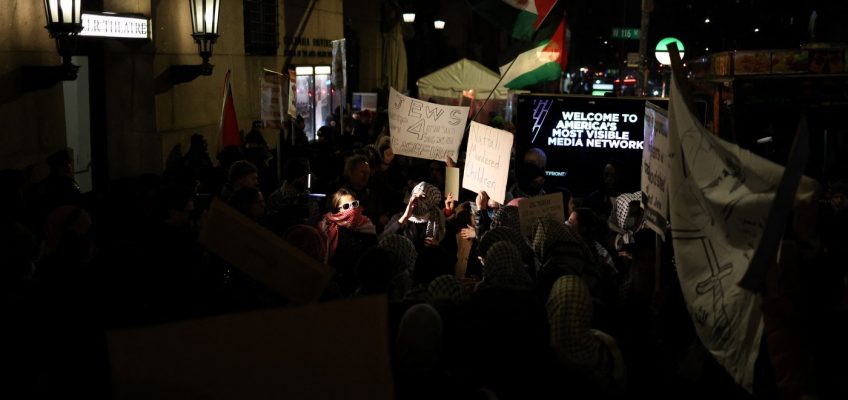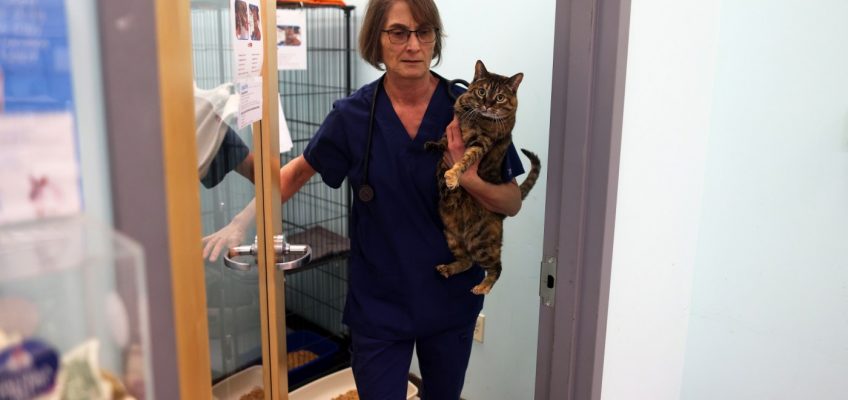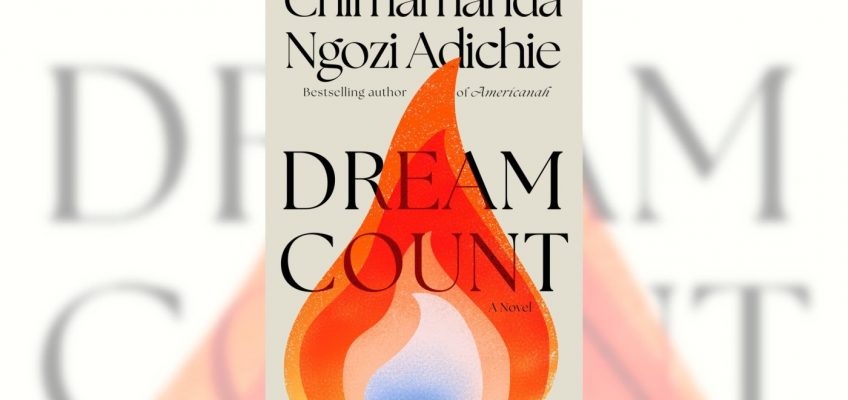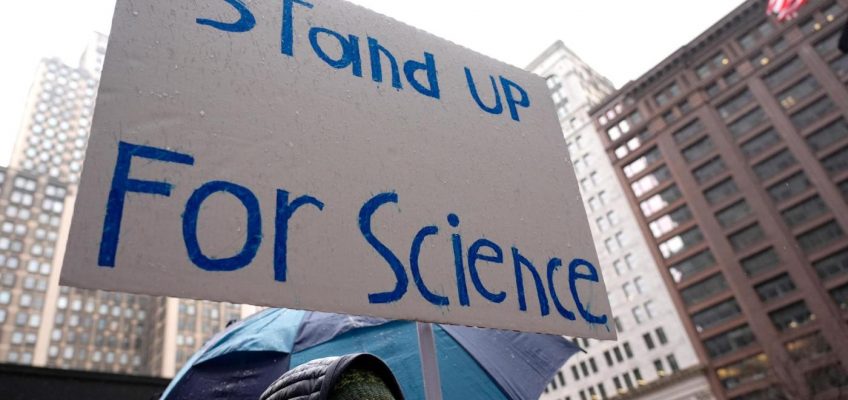By JENNIFER PELTZ
NEW YORK (AP) — The Trump administration said Friday that it’s pulling $400 million from Columbia University, canceling grants and contracts because of what the government describes as the Ivy League school’s failure to squelch antisemitism on campus.
Related Articles
Out of the lab and into the streets, researchers and doctors rally for science against Trump cuts
What to know about Social Security office closures driven by Musk’s DOGE
Trump administration throws hundreds of affordable housing projects into limbo after contract cuts
US foreign aid cuts leave a funding gap that private donors are unlikely to fill
White House doubles down on Trump’s transgender mice claim
The notice came five days after federal agencies announced they were considering orders to stop work on $51 million in contracts with the New York City university and reviewing its eligibility for over $5 billion in federal grants going forward. And it came after Columbia set up a new disciplinary committee and ramped up its own investigations into students critical of Israel, alarming free speech advocates.
But Columbia’s efforts evidently didn’t go far enough for the federal government.
“Universities must comply with all federal antidiscrimination laws if they are going to receive federal funding. For too long, Columbia has abandoned that obligation to Jewish students studying on its campus,” Education Secretary Linda McMahon said in a statement Friday.
Columbia vowed to work with the government to try to get the money back.
“We take Columbia’s legal obligations seriously and understand how serious this announcement is and are committed to combatting antisemitism and ensuring the safety and well-being of our students, faculty and staff,” the university said in a statement.
It is not clear which research, projects or activities will be affected at Columbia, which operates a medical center among many other functions. The university said it was reviewing the announcement. An inquiry was sent to the federal Education Department, which issued Friday’s announcement along with the Health and Justice departments and the General Services Administration.
Columbia has become the first target in President Donald Trump’s campaign to cut federal money to colleges accused of tolerating antisemitism amid the Israel-Hamas war that began in October 2023.
The university was at the forefront of U.S. campus protests over the war last spring. Pro-Palestinian demonstrators set up an encampment in April and inspired a wave of similar protests. Protesters at Columbia went on to seize a campus building, resulting in dozens of arrests when police cleared the building.
In recent days, a much smaller contingent of demonstrators have staged brief occupations of buildings at Columbia-affiliated Barnard College to protest the expulsion of two students accused of disrupting an Israeli history class. Several students were arrested following an hourslong takeover of a building Wednesday.
Many people involved in the protests said there’s nothing antisemitic about criticizing Israel over its actions in Gaza or expressing solidarity with Palestinians.
Columbia has acknowledged concerns about antisemitism: A university task force said last summer that Jews and Israelis at the school were ostracized from student groups, humiliated in classrooms and subjected to verbal abuse amid the spring demonstrations.
Some students, and an attorney advising them, see its new disciplinary crackdown as an effort to mollify the government by suppressing pro-Palestinian speech.
Columbia was one of five colleges that has come under new federal antisemitism investigations, and it’s one of 10 being visited by a task force in response to allegations that the colleges have failed to protect Jewish students.
Others under investigation include the University of California, Berkeley; the University of Minnesota; Northwestern University; and Portland State University.




